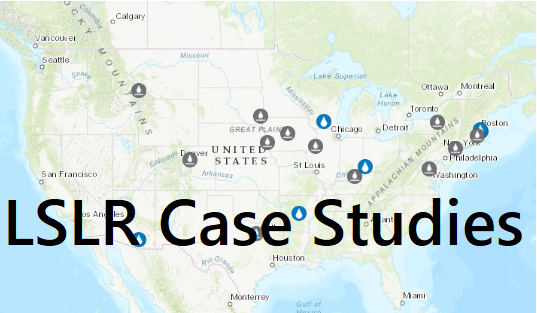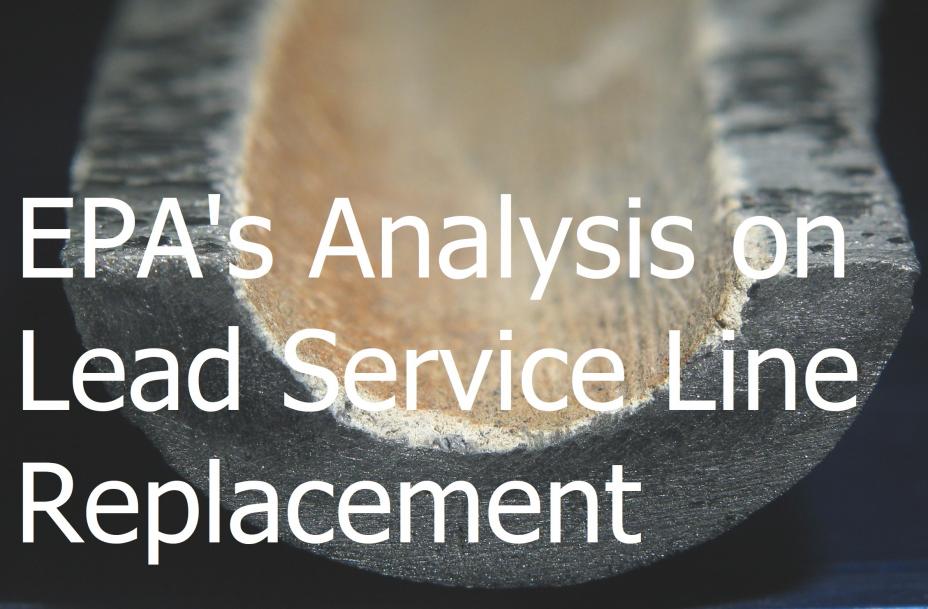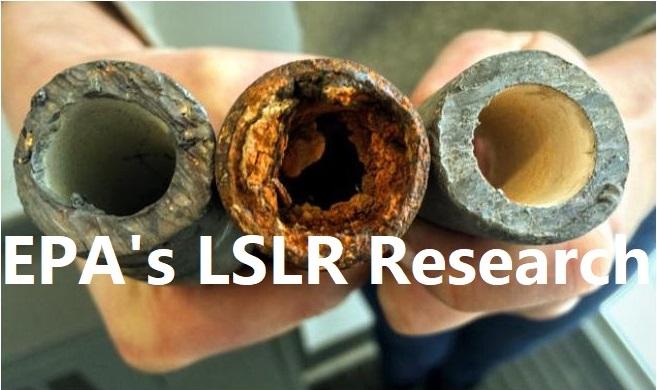Lead Service Line Replacement
EPA established the Lead and Copper Rule (LCR) to protect public health and reduce exposure to lead and copper in drinking water. The most common sources of lead in drinking water are lead pipes, and brass or bronze faucets and fixtures.
EPA and U.S. Department of Housing and Urban Development (HUD) encourage and support communities to prioritize infrastructure improvement projects including those that remove lead service lines and reduce lead exposure.
To further support lead service line replacement (LSLR), EPA has compiled information about federal funding, case studies, and other additional resources to assist states and water utilities with these efforts.
 Federal funding is available through the Drinking Water State Revolving Fund (DWSRF), the Water Infrastructure Improvements for the Nation Act (WIIN) Grants, the Water Infrastructure Finance and Innovation Act (WIFIA), and the HUD Development Community Block Grant program.
Federal funding is available through the Drinking Water State Revolving Fund (DWSRF), the Water Infrastructure Improvements for the Nation Act (WIIN) Grants, the Water Infrastructure Finance and Innovation Act (WIFIA), and the HUD Development Community Block Grant program.
 It is estimated that there are between 6 to 10 million lead service lines in the country. EPA’s Lead Service Line Replacement story map showcases the proactive actions being taken by cities across the country to identify and remove these lead service lines.
It is estimated that there are between 6 to 10 million lead service lines in the country. EPA’s Lead Service Line Replacement story map showcases the proactive actions being taken by cities across the country to identify and remove these lead service lines.
 EPA has compiled lead service line replacement (LSLR) challenges and best practices. These are being made available to assist states and utilities with the implementation of proactive LSLR programs. The document includes discussions on funding sources, communication, LSLR considerations, and case studies.
EPA has compiled lead service line replacement (LSLR) challenges and best practices. These are being made available to assist states and utilities with the implementation of proactive LSLR programs. The document includes discussions on funding sources, communication, LSLR considerations, and case studies.
 EPA, its federal partners at the Departments of Health and Human Services (HHS) and Housing and Urban Development (HUD), and private organizations have conducted and used lead research and applied science.
EPA, its federal partners at the Departments of Health and Human Services (HHS) and Housing and Urban Development (HUD), and private organizations have conducted and used lead research and applied science.
Learn more about EPA’s Office of Research and Development’s work on lead.
Lead in Drinking Water Resources
- Basic information about lead in drinking water
- EPA’s infographic on lead in drinking water
- Water utilities' annual water reports, also known as Consumer Confidence Reports
- Information about the Lead and Copper Rule
- 3Ts for Reducing Lead in Drinking Water in Schools
- Webinar Series: Lead Service Line Replacements
